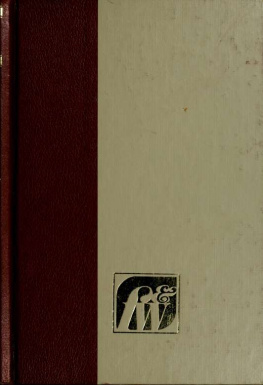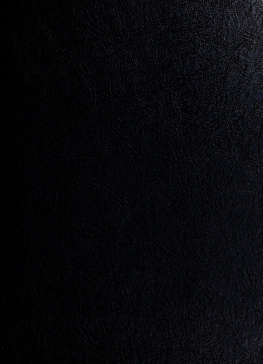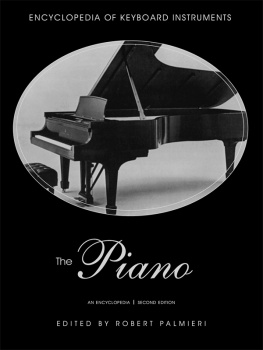Phillips Robert - Funk & Wagnalls new encyclopedia
Here you can read online Phillips Robert - Funk & Wagnalls new encyclopedia full text of the book (entire story) in english for free. Download pdf and epub, get meaning, cover and reviews about this ebook. City: New York, year: 1979/9999, publisher: Funk & Wagnalls, genre: Non-fiction. Description of the work, (preface) as well as reviews are available. Best literature library LitArk.com created for fans of good reading and offers a wide selection of genres:
Romance novel
Science fiction
Adventure
Detective
Science
History
Home and family
Prose
Art
Politics
Computer
Non-fiction
Religion
Business
Children
Humor
Choose a favorite category and find really read worthwhile books. Enjoy immersion in the world of imagination, feel the emotions of the characters or learn something new for yourself, make an fascinating discovery.
- Book:Funk & Wagnalls new encyclopedia
- Author:
- Publisher:Funk & Wagnalls
- Genre:
- Year:1979/9999
- City:New York
- Rating:4 / 5
- Favourites:Add to favourites
- Your mark:
- 80
- 1
- 2
- 3
- 4
- 5
Funk & Wagnalls new encyclopedia: summary, description and annotation
We offer to read an annotation, description, summary or preface (depends on what the author of the book "Funk & Wagnalls new encyclopedia" wrote himself). If you haven't found the necessary information about the book — write in the comments, we will try to find it.
Funk & Wagnalls new encyclopedia — read online for free the complete book (whole text) full work
Below is the text of the book, divided by pages. System saving the place of the last page read, allows you to conveniently read the book "Funk & Wagnalls new encyclopedia" online for free, without having to search again every time where you left off. Put a bookmark, and you can go to the page where you finished reading at any time.
Font size:
Interval:
Bookmark:

This book made available by the Internet Archive.

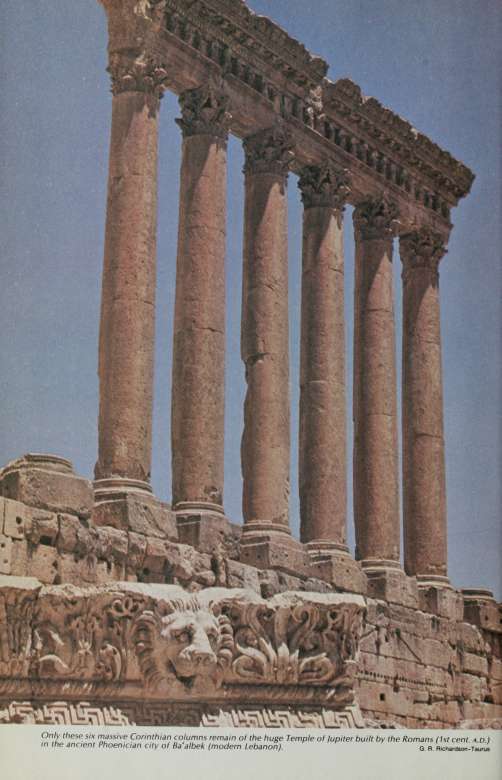

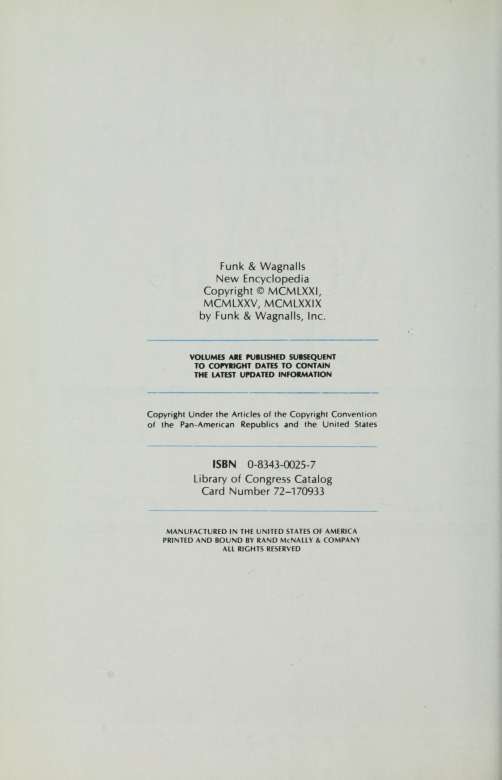
FUIMK& WAGNALLS
NEW ENCYCLOPEDIA

For a more extensive listing of abbreviations, widely used by authoritative sources in many fields, see Abbreviation. Charts of pertinent abbreviations also accompany the articles Bible, Canon of the; Decree, Academic; Elements, Chemical; Mathematical Symbols; and Weights and Measures. Accent marks and special letters are explained in the article Diacritic Mark.
**The abbreviation (q.v.) stands for the Latin words "quod vide", meaning "which see". The placement of this abbreviation after a wordor a name or termindicates that the word itself is the title of a separate article in the encyclopedia. By looking up the article on this word, or the entries on each word in a series that is followed by the plural form (qq.v.) of the abbreviation, the reader will find specific information about the words used as well as data about the main topic of the article he is reading.
agi
FUNK & WAGNALLS NEW ENCyCLOPEDl^
LACE (Lat. laqueus, "noose"), ornamental fabric consisting of a decorative openwork of threads. The threads are generally of linen, cotton, or, less frequently, of silk. Threads of gold or silver are also occasionally used, as are those of synthetic fibers, such as rayon (q.v.); see Fibers. The simplest form of lace is a fine net; most laces have more complex patterns, varying from geometrical designs to ornate pictorial scenes. For centuries handmade laces have been introduced into the body of a fabric by withdrawing certain weft threads and using decorative stitching on the warp threads thus exposed (see Loom); such laces are known as drawn laces. Another method long in use, known as cutwork, consists of cutting holes in a fabric, embroidering the edges of the small holes, and working lacy designs of threads over the larger spaces. A third ancient type of lace, called filet, is made by embroidering designs on a net fabric, and still another, called buratto, is made by filling in designs on coarsely woven cloth. Occasionally laces are made by knitting, crocheting, or tatting. See Embroidery. The finest laces are made without use of a background fabric; these are bobbin lace and needlepoint or needle lace.
Bobbin lace, also known as pillow lace, is so called because the instruments used are several spools, or "bobbins", and a long stuffed pad, or "pillow". A thread is wound around each bobbin. The pattern to be produced is drawn on a piece of parchment or paper, and pins are inserted through the parchment, along the course of the pattern, into the pillow. The loose ends of the threads on the bobbins are looped about selected pins, and the bobbins are then passed under, over, or around each other, plaiting, interlacing, and twisting the threads as desired. Fine, delicate bobbin laces are produced by using very thin threads; heavy laces, known as guipures are made from thicker threads, or from the braiding together of fine threads. A famous
fine bobbin lace is Valenciennes lace, characterized by a square or diamond-shaped mesh.
Needlepoint lacemaking utilizes a needle and thread, and a piece of parchment or paper with a cloth backing. As in bobbin lacemaking, the pattern is drawn on the parchment. The initial stitches are made through the parchment and cloth; they delineate the border, and sometimes the essential design, of the desired piece of lace. All stitches thereafter are made using the original stitches as supports, without piercing the parchment and cloth, so that, when the lace is finished, merely slitting the original stitches is sufficient to remove the backing. Occasionally a thin net is basted onto the backing, and ornamented in similar fashion. Needlepoint lace, often called "needlepoint", is made with a variety of stitches. One common modern stitch is the buttonhole stitch, closed stitch, or feston stitch, which is used to finish border and ragged edges; another is the mesh stitch, which is made by passing stitch after stitch into the same region until a compact mass of fabric, forming a heavy design, is produced. The thin background fabric in needlepoint is known as the ground; heavy supporting stitches, called brides, are often wrought between the patterns on a needlepoint to interconnect them and give strength to the fabric. Famous needlepoint laces include rose point, characterized by a pattern of raised flowers, and Alengon point. The term "point" in the names of famous laces refers to bobbin lace as well as needle lace. The term "needlepoint" is also applied to a type of embroidery.
Most modern handmade laces are produced in Great Britain, the Netherlands, Belgium, France, Switzerland, and Italy. In the United States most lace is produced by machines that utilize a combination of ordinary weaving and the bobbin technique of lacemaking. Such machine-made laces are used chiefly for making
LACE

Examples of lace. Above: Unfinished needlepoint. Above, right: Venetian flat point, 17th century. Right: Venetian rose point, T7th century. Far right: Italian laces with reticella edging, 16th century.
curtains and for adorning women's undergarments.
History. The most ancient specimens of lace jn existence are knotted hair nets and breast nets from the tombs of Thebes and other parts of Egypt, some of which date as far back as 2500 B.C. Several of these nets are adorned with tiny porcelain heads and figures strung among the meshes. Bobbin laces and embroidered laces have been recovered from Egyptian Coptic tombs of the 3rd to 7th centuries a.d.; see Copts. Other remains in the Coptic tombs indicate that the bobbin laces were made, not on a pillow with pins, but on a wooden frame with pegs to hold the threads apart. In the 12th and 13th centuries some lace garments were made for churchmen high in the ecclesiastical hierarchy.
but it was not until the 16th century that the use of lace became widespread. From the middle of the 16th century until well into the 18th century, churchmen, and men and women of the nobility, wore lace as a matter of fashion; lace ruffs, collars, sleeves, and shoe decorations were common. Women wore lace scarves, known in Spain as mantillas; men had lace trouser cuffs, and wore lace garters. The manufacture of lace during this period was encouraged and subsidized by European monarchs, such as Lbuis XIV (q.v.). King of France, and the importation of foreign laces was prohibited in many countries to protect native lacemakers. Just after the middle of the 18th century, the first lace machine was introduced. Lace has had an increasingly extensive market and distribution since the in
LACQUER
troduction of cheap, mass methods of production. Expensive handmade laces produced by skilled craftsmen continue to attract purchasers because of their artistry and individuality. Many laces of the past are preserved in museums. LACE BUG, common name for any of the tiny hemipterous bugs constituting the family Tin-gidae. The insects are characterized by a delicate, extensive network of fine, raised lines, reminiscent of lace, on the upper surface of the body and wings. Lace bugs feed on the juices of plants. Because they are commonly found on the undersides of leaves, they are also known as leaf bugs. The different species destroy the foliage of rhododendron and azalea plants and of many trees, including oak, hawthorn, and sycamore. An American species, Corythuca ciliata, which is about /, in. long, is commonly found on sycamore trees.
Font size:
Interval:
Bookmark:
Similar books «Funk & Wagnalls new encyclopedia»
Look at similar books to Funk & Wagnalls new encyclopedia. We have selected literature similar in name and meaning in the hope of providing readers with more options to find new, interesting, not yet read works.
Discussion, reviews of the book Funk & Wagnalls new encyclopedia and just readers' own opinions. Leave your comments, write what you think about the work, its meaning or the main characters. Specify what exactly you liked and what you didn't like, and why you think so.

